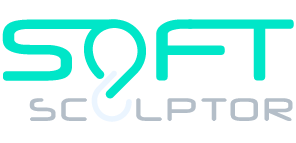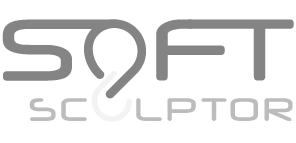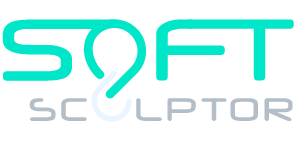In the realm of distributed file systems, few have made as significant an impact as Google File System (GFS), Tectonic, and JuiceFS. These systems have pioneered innovations that have transformed data storage and management. Let’s delve into the unique architectures of these systems to understand the evolution of distributed file systems and their implications for the future of cloud-native technologies.
GFS: The Forerunner of Modern Distributed Systems
GFS is lauded for its revolutionary use of commodity hardware, setting a precedent for subsequent systems like the Hadoop Distributed File System (HDFS). Its design principles have been the cornerstone for big data processing and storage, providing a robust and scalable architecture that has stood the test of time.
Tectonic: Layered Architecture for Scalability
Tectonic, with its layered metadata and distinct separation of storage and computation, has introduced a new level of scalability and performance. This architecture allows for more granular control and efficiency, particularly in handling large-scale data processing tasks.
JuiceFS: Embracing the Cloud-Native Era
Designed for the cloud-native era, JuiceFS capitalizes on object storage and a dynamic metadata engine, offering scalable and efficient file storage solutions in the cloud. This system embodies the flexibility required for modern, cloud-based applications and services.
An Overview of Distributed File Systems
The evolution of distributed file systems has been marked by a significant surge around the year 2000. The shift from specialized hardware to more generalized, cost-effective solutions has democratized data storage capabilities.
The Importance of POSIX Compatibility
The concept of POSIX compatibility serves as a benchmark for file system standards. While GFS chose to forego full POSIX compliance in favor of performance and scalability, this decision reflects the trade-offs often necessary in the design of distributed systems.
Architectural Deep Dive
The architectures of GFS, Tectonic, and JuiceFS exemplify the diverse approaches to managing data at scale. From GFS’s foundational influence on big data systems to Tectonic’s layered approach and JuiceFS’s cloud-native adaptability, each system contributes uniquely to the landscape of distributed file storage.
Transforming Data Management
As we examine the intricacies of these systems, it becomes evident that the future of data management lies in the ability to adapt and scale. The insights gained from GFS, Tectonic, and JuiceFS guide enterprises in selecting the most suitable file systems for their needs and inspire innovation in the field of distributed system design.
This article seeks to enlighten professionals and researchers about the strategic optimization of data storage, keeping them abreast of industry trends, and sparking exploration into practical applications. As distributed file systems continue to evolve, their influence on big data, cloud computing, and technology as a whole will only grow stronger.



